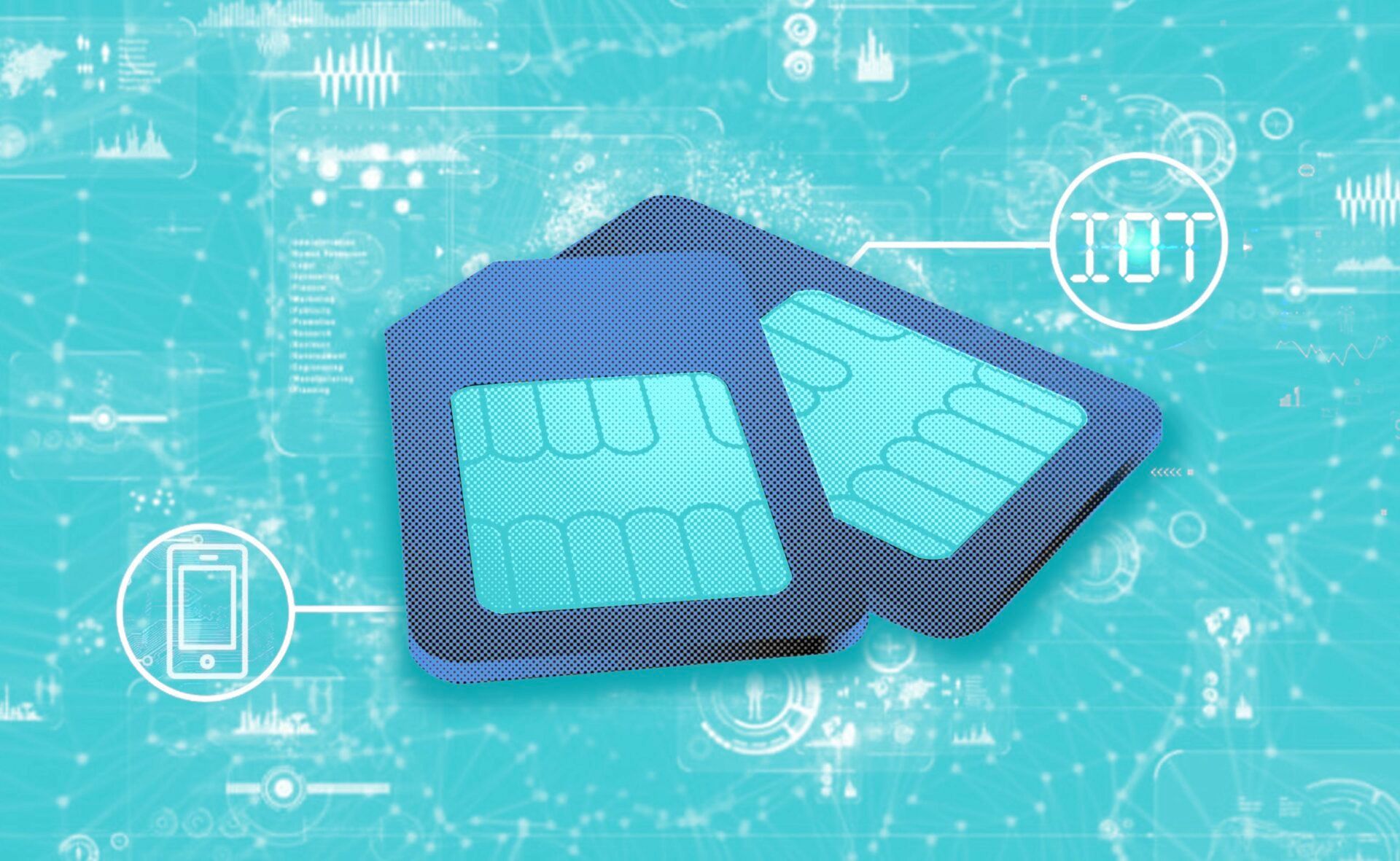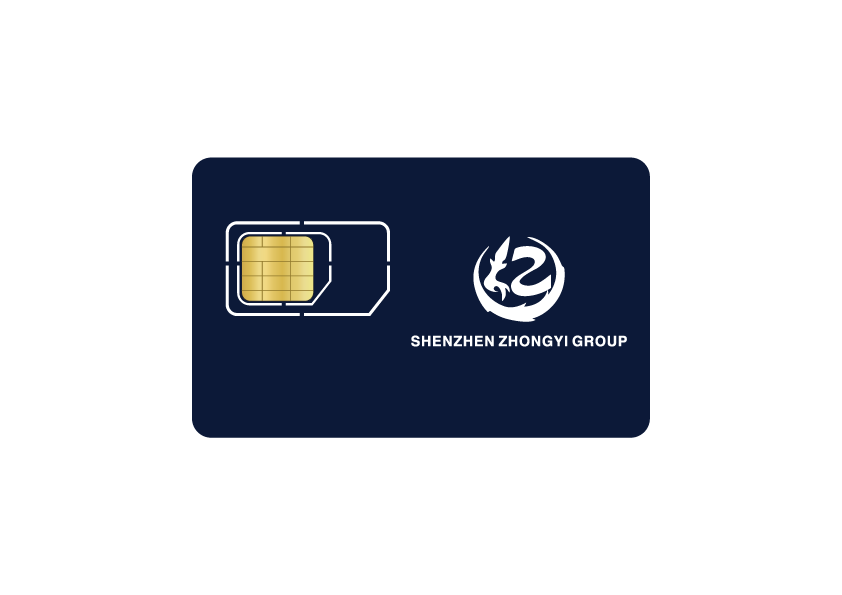In the rapidly evolving world of the Internet of Things (IoT), seamless, secure, and scalable connectivity is the backbone of every successful deployment. As businesses expand their IoT operations globally, two technologies have emerged at the forefront of device connectivity: IoT SIM cards and eSIM (embedded SIM).
At Zhongyi IoT, we specialize in providing IoT SIM cards and end-to-end connectivity solutions for enterprises worldwide. Our goal is to help businesses connect their devices reliably, manage data usage efficiently, and scale their IoT networks with ease.
In this article, we explore the differences between IoT SIM cards and eSIM technology, and how each is shaping the future of global IoT connectivity.
1. Understanding IoT SIM Cards
IoT SIM cards are specifically designed for connected devices such as smart meters, GPS trackers, industrial sensors, vending machines, medical devices, and more. Unlike standard consumer SIM cards, IoT SIMs offer:
- Global Multi-Network Coverage: Access to multiple carriers in different regions for uninterrupted connectivity.
- Long Lifespan & Durability: Built to withstand harsh environments with higher temperature resistance and anti-vibration features.
- Remote Management: Easy activation, suspension, or data plan adjustment via an IoT platform.
- Custom Data Plans: Tailored packages for low-data or high-data IoT applications.
Zhongyi IoT provides 2FF, 3FF, 4FF, and industrial-grade IoT SIM cards, enabling our customers to deploy devices in over 190 countries with consistent performance.
2. Understanding eSIM Technology
eSIM (embedded SIM) is a digital, reprogrammable SIM integrated into a device’s hardware. Instead of physically replacing the SIM card, network profiles can be downloaded over-the-air.
Key benefits of eSIM for IoT include:
- Remote Provisioning: Switch carriers or update profiles without replacing hardware.
- Space Efficiency: Ideal for small devices like wearables, smart sensors, and connected medical devices.
- Global Scalability: Simplifies logistics by avoiding multiple SIM types for different regions.
eSIM adoption is growing rapidly, especially in applications that require flexibility, minimal maintenance, and long-term connectivity without manual intervention.
3. eSIM vs IoT SIM Cards – Key Differences
| Feature | IoT SIM Card | eSIM |
|---|---|---|
| Form Factor | Physical SIM (2FF, 3FF, 4FF, MFF2) | Embedded chip in the device |
| Network Switching | Requires SIM change (unless multi-network) | Over-the-air profile switching |
| Device Size | Suitable for most devices | Better for ultra-compact devices |
| Durability | Industrial-grade options available | Soldered into device for higher durability |
| Flexibility | Limited to preloaded carrier(s) | Can change carriers remotely |
4. The Future of Global IoT Connectivity
The future of IoT connectivity will not be about choosing between IoT SIM and eSIM — it will be about using the right technology for the right scenario.
- IoT SIM Cards will remain dominant in many industrial and B2B use cases, thanks to their simplicity, proven reliability, and global reach.
- eSIM will continue to gain traction in consumer IoT, mobility solutions, and industries that require frequent carrier changes or device miniaturization.
According to GSMA, by 2030, over 70% of IoT devices will be connected via eSIM or similar remote provisioning technologies — but physical IoT SIM cards will still power billions of devices worldwide.
5. How Zhongyi IoT Supports Your Connectivity Needs
At Zhongyi IoT, we understand that connectivity is not one-size-fits-all. That’s why we offer:
- Global IoT SIM Cards with coverage in 190+ countries.
- Industrial-grade SIMs for extreme environments.
- eSIM solutions for flexible and scalable deployments.
- IoT Data Management Platform to monitor usage, manage SIMs, and optimize costs.
- Custom IoT Connectivity Packages tailored to your application.
Whether your devices need long-term stability or global flexibility, Zhongyi IoT delivers solutions to keep your IoT projects connected — anytime, anywhere.
Conclusion
Both IoT SIM cards and eSIM are driving the future of IoT connectivity. Businesses that adopt the right connectivity strategy will benefit from lower operational costs, better scalability, and higher reliability.
With Zhongyi IoT as your partner, you can focus on innovation and growth, while we handle the connectivity that powers your devices.
📩 Contact us today to explore the best IoT connectivity solution for your business.



